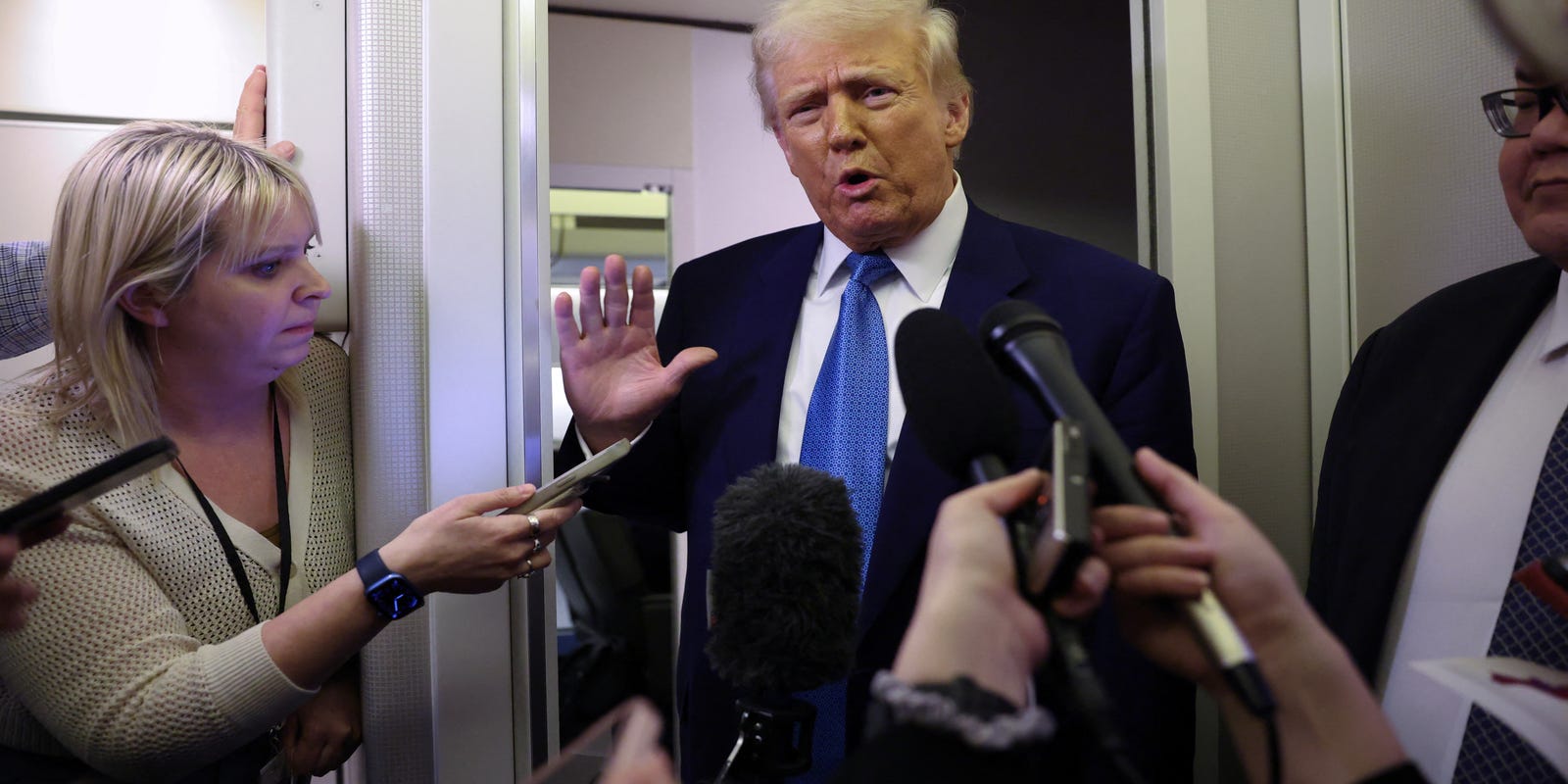Science Under Siege: How Trump's Budget Cuts Could Cripple Medical Research and Innovation

The full extent of budget cuts and program suspensions remains shrouded in uncertainty. Despite repeated calls for transparency, the Trump administration has yet to provide a clear, comprehensive breakdown of the reductions and halts, leaving stakeholders and the public in the dark about the precise scope of these changes.

